Qatar Airways Boeing 787 damaged after main gear falls into drain cover: video
Aerotime
OCTOBER 28, 2024
With the resulting drop in height of the right-hand side of the aircraft, the plane’s number two engine cowling also contacted the tarmac, with the aircraft coming to rest on its right-hand side. Airport authorities have launched an investigation to determine the cause of the failure of the drain cover and surrounding tarmac area.

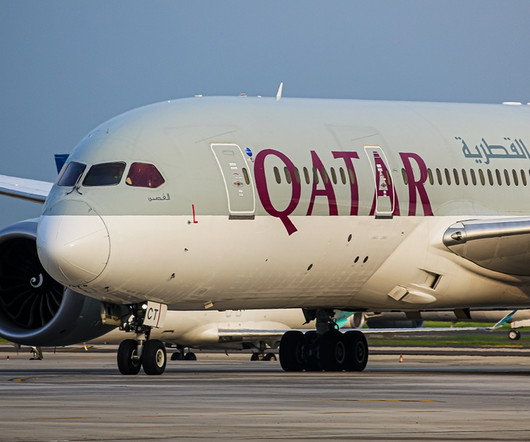
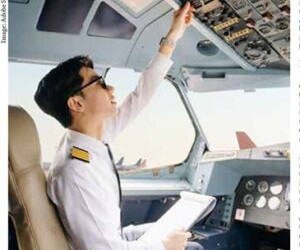

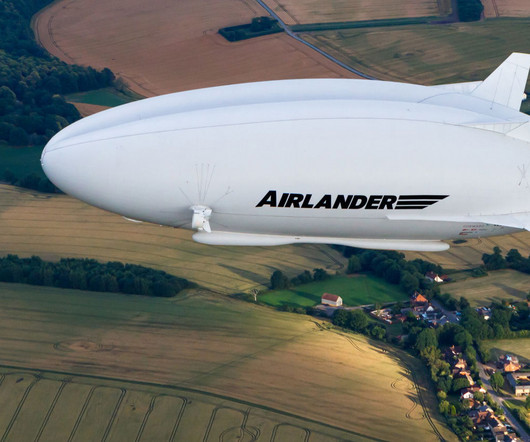
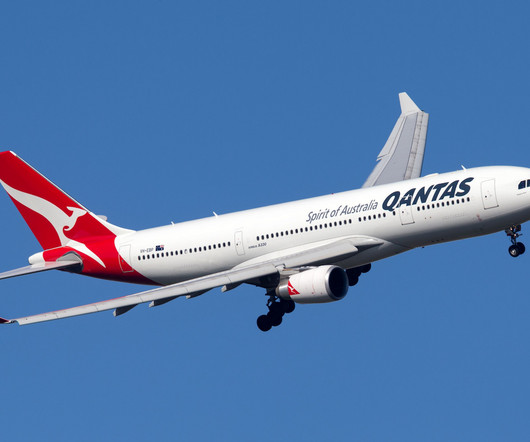
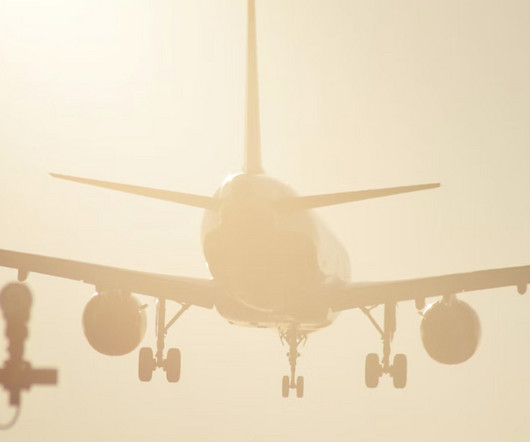

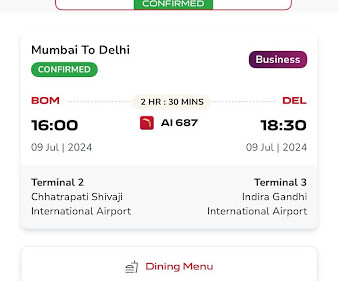






Let's personalize your content